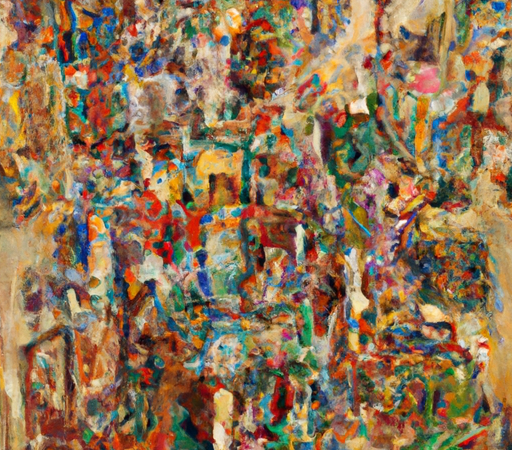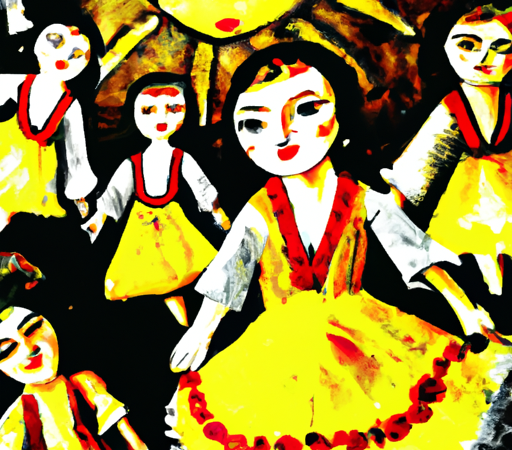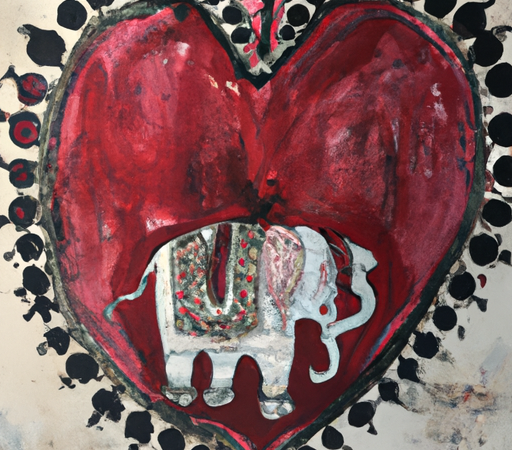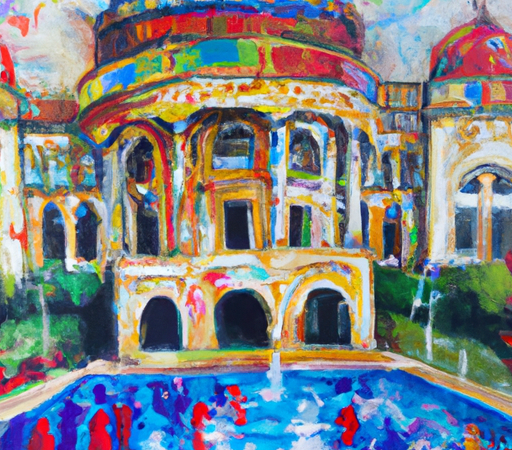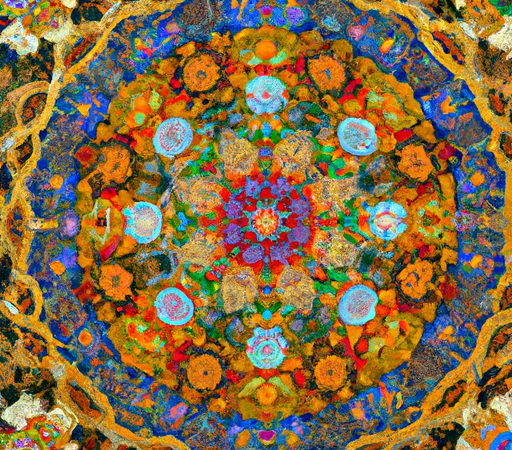Exploring Artistic Movements: Insights into the Changing Face of Culture
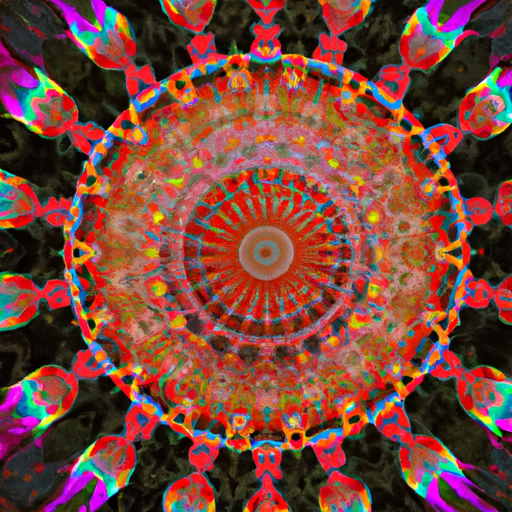
Artistic movements have played a significant role in shaping the changing face of culture throughout history. These movements serve as a reflection of the society and the cultural shifts happening at a particular time. Exploring different artistic movements allows us to gain insights into the diverse perspectives, beliefs, and values that communities held and continue to hold.
From medieval times to the present day, art has moved beyond being a mere expression of aesthetic beauty to becoming a tool for challenging established norms and pushing boundaries. Each artistic movement has its unique characteristics, methodologies, and philosophical underpinnings that make it distinct from others.
One of the earliest artistic movements can be traced back to the Renaissance period in Europe, where artists like Leonardo da Vinci, Michelangelo, and Raphael sought to bring a more realistic representation of the world and human experience. The Renaissance movement emphasized the importance of individualism, humanism, and the revival of classical antiquity.
Moving forward, the Baroque period emerged as a counter-reaction to the simplicity and balance of Renaissance art. It was characterized by grandeur, drama, and intense emotions, aiming to evoke a deeper emotional response from the viewer.
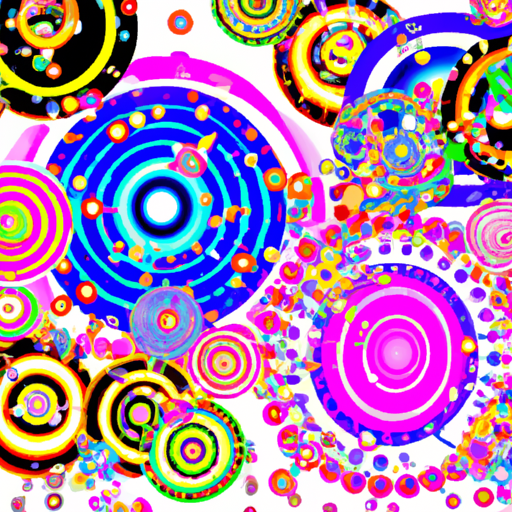
The 19th century witnessed the rise of Romanticism, a movement that placed a heavy emphasis on emotions, individualism, and imagination. Artists like William Turner and Eugene Delacroix sought to depict the sublime and evoke strong emotional responses. Romanticism also marked a shift towards focusing on the human experience, subjective feelings, and the aesthetic potential of nature.
The late 19th and early 20th centuries experienced significant upheavals in the art world. The movements that emerged during this time, including Impressionism, Post-Impressionism, Cubism, and Expressionism, turned traditional artistic conventions on their heads.
Impressionism, with artists such as Claude Monet and Pierre-Auguste Renoir, sought to capture fleeting moments and the effects of light on a subject. This movement marked a departure from the realistic representation of the world, instead emphasizing the artist's subjective perception.
Post-Impressionism, represented by artists like Paul Cézanne and Vincent van Gogh, took Impressionism a step further by exploring the formal elements of painting and the use of color. Post-Impressionist artists experimented with techniques and color combinations that pushed the boundaries of representation.
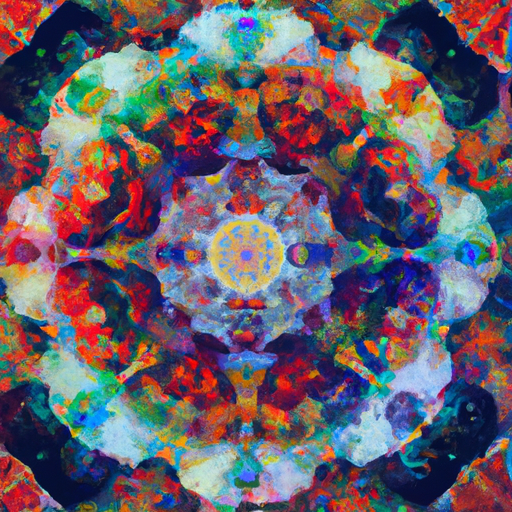
Cubism, developed by Pablo Picasso and Georges Braque, shattered the traditional notions of perspective and representation. It presented multiple viewpoints simultaneously, demonstrating a fragmented and abstracted reality.
Expressionism, exemplified by artists such as Edvard Munch and Wassily Kandinsky, delved deep into emotions, psychological states, and spiritual experiences. These artists used bold, distorted forms and intense colors to express inner turmoil and subjective experiences.
The 20th century and beyond have witnessed a proliferation of artistic movements, each with its distinct practices and objectives. From Abstract Expressionism to Pop Art, Minimalism to Conceptualism, artists continue to challenge traditional boundaries and experiment with new mediums, techniques, and ideas.
Exploring these artistic movements enables us to glimpse the diverse ways in which society evolves and changes over time. It provides insights into the pressing issues, ideologies, and cultural debates that shape our world. Artists act as cultural historians, documentaries of the past and visionaries of the future, using their creative expressions to inspire, provoke, and reflect societal change.
In conclusion, artistic movements offer a window into the ever-evolving nature of culture. They shed light on the desires, fears, and aspirations of society at different points in history. By exploring these movements, we can better understand the social, political, and cultural dynamics that mold our collective identity. Artistic movements not only reflect the changing face of culture but also serve as catalysts for new ideas and fresh perspectives that pave the way for a vibrant and dynamic future.

